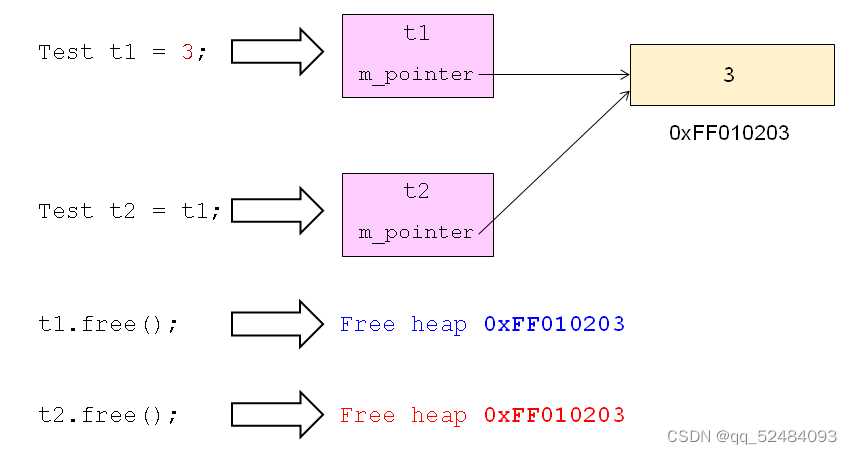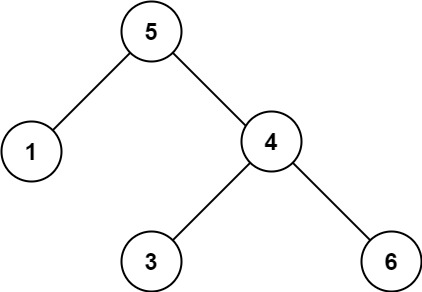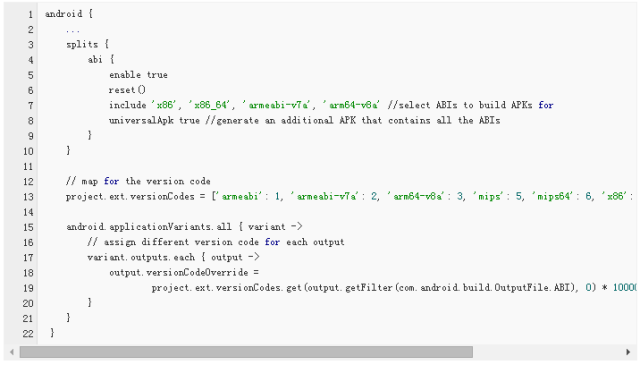论文时间线【2021年11月26投稿,2023年6月16出版】
- Received:November 26, 2021
- Accepted:May 08, 2023
- Published Online:June 16, 2023
论文连接
GB引用格式:
Kınay Ö B, Gzara F, Alumur S A. Charging Station Location and Sizing for Electric Vehicles Under Congestion[J]. Transportation Science, 2023.
APA引用格式:
Kınay, Ö. B., Gzara, F., & Alumur, S. A. (2023). Charging Station Location and Sizing for Electric Vehicles Under Congestion. Transportation Science.
摘要:
- 本文研究了在考虑用户路线选择响应的随机电动汽车流量和充电时间下,确定充电站的战略位置及其容量水平的问题。
- 该问题使用双层优化进行建模,其中网络规划者或领导者最大限度地降低了定位和确定充电站规模的总基础设施成本,同时确保了充电等待时间的概率服务要求。另一方面,电动汽车用户或追随者会最大限度地缩短路线长度,可能是合作的,也可能是不合作的。他们对路线的选择反过来决定了充电需求和充电站的等待时间,因此,需要由领导者来解释他们的决定。
- 当充电站作为M/M/c队列运行并且跟随者是协作的时,使用跟随者问题的最优性条件,将双层问题简化为单层混合整数模型。
- 为了解决双层模型,开发了一种基于分解的解决方法,该方法使用了一种新的基于逻辑的Benders算法来解决仅位置问题。
- 计算实验是在基准和真实的高速公路网络上进行的,包括美国东部的一个新网络。
- 分析了路线选择响应、服务要求和偏差容限对位置和尺寸决策的影响。分析表明,严格的服务要求增加了开放式充电站的容量水平,而不是数量,允许更高偏差的解决方案成本更低。
- 此外,当偏差容限较低时,合作和非合作路线选择下的解之间的差异更显著。
英文摘要:
This paper studies the problem of determining the strategic location of charging stations and their capacity levels under stochastic electric vehicle flows and charging times taking into account the route choice response of users. The problem is modeled using bilevel optimization, where the network planner or leader minimizes the total infrastructure cost of locating and sizing charging stations while ensuring a probabilistic service requirement on the waiting time to charge. Electric vehicle users or followers, on the other hand, minimize route length and may be cooperative or noncooperative. Their choice of route in turn determines the charging demand and waiting times at the charging stations and hence, the need to account for their decisions by the leader. The bilevel problem reduces to a single-level mixed-integer model using the optimality conditions of the follower’s problem when the charging stations operate as M/M/c queues and the followers are cooperative. To solve the bilevel model, a decomposition-based solution methodology is developed that uses a new logic-based Benders algorithm for the location-only problem. Computational experiments are performed on benchmark and real-life highway networks, including a new eastern U.S. network. The impact of route choice response, service requirements, and deviation tolerance on the location and sizing decisions are analyzed. The analysis demonstrates that stringent service requirements increase the capacity levels at open charging stations rather than their number and that solutions allowing higher deviations are less costly. Moreover, the difference between solutions under cooperative and uncooperative route choices is more significant when the deviation tolerance is lower.







